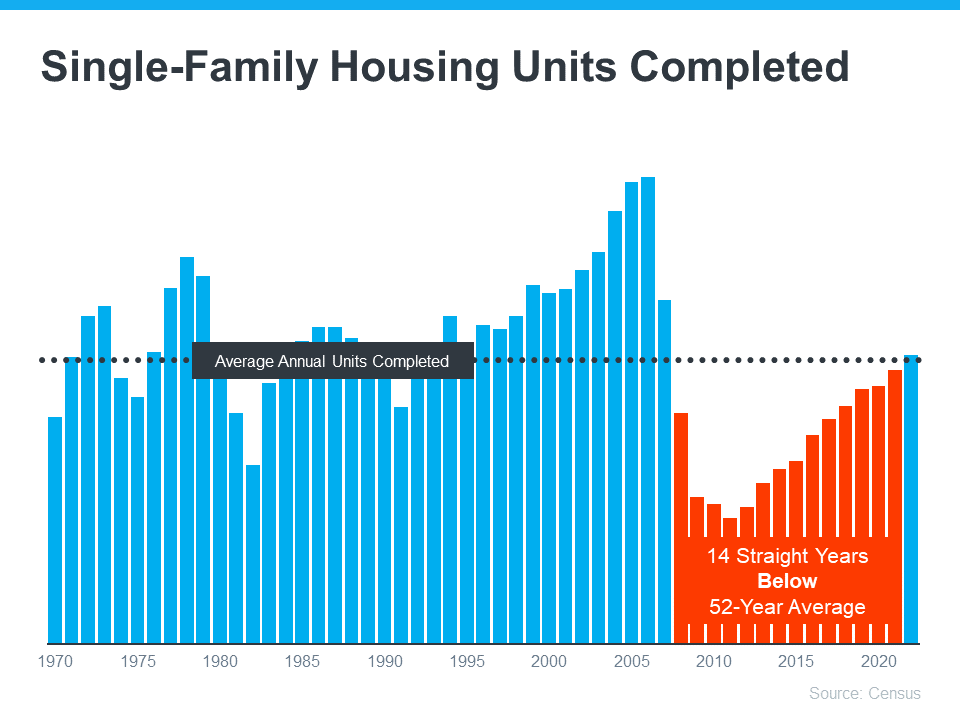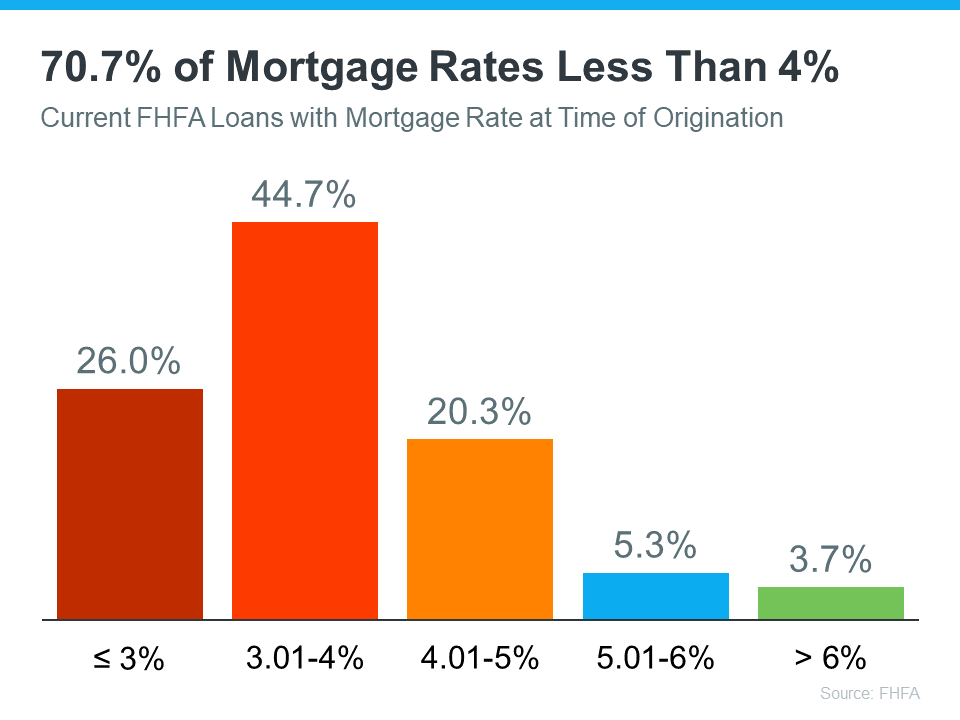The prevailing question in today’s real estate market is straightforward: Why is there a pronounced difficulty in locating available houses for purchase? While the prospect of awaiting a more diverse selection might seem logical, it may not be the most strategic approach. This article aims to provide an in-depth analysis of the factors contributing to this phenomenon.
The limited availability of homes for sale is not a transient concern; it has been a consistent challenge for several years. To understand the depth of this shortage, it’s essential to examine both the historical and contemporary factors.
Historical Underbuilding: A Persistent Issue
A significant contributor to the current inventory shortage is the consistent underbuilding by developers over the past several decades. Consider the data on new construction for single-family homes over the last fifty years, benchmarked against the long-term average for housing units completed:
For 14 consecutive years, the construction sector did not meet the historical average, leading to a substantial inventory deficit. Although recent data indicates a return to normative building rates, the longstanding inventory issue will not find a quick resolution.

The Implications of Current Mortgage Rates
Another contemporary factor influencing the market is the prevailing mortgage rates, leading to what industry experts term the ‘lock-in effect.’ Many homeowners are hesitant to sell, fearing the acquisition of a higher mortgage rate on their next purchase. The following chart provides a quantitative perspective on the number of homeowners potentially influenced by this effect:
It’s imperative for these homeowners to balance their financial considerations with evolving personal and familial needs.

The Impact of Media Misinformation
In an age characterized by information accessibility, the real estate market hasn’t been immune to the effects of misinformation. Sensationalist media narratives, predicting housing market crashes or drastic reductions in home prices, have fostered apprehension among potential sellers and buyers. Jason Lewris, Co-Founder and Chief Data Officer at Parcl, aptly states:
“In the absence of trustworthy, up-to-date information, real estate decisions are increasingly being driven by fear, uncertainty, and doubt.”
Such sentiments further constrict the available inventory, emphasizing the importance of accurate market analysis and expert guidance.
Implications for Stakeholders
The current state of housing inventory has distinct implications, contingent upon one’s position in the market:
For Potential Buyers: The constrained inventory necessitates a comprehensive market analysis. It’s advisable to consider a broader range of options, both in terms of location and property type. Engaging with a real estate professional can provide invaluable insights into available opportunities.
For Sellers: The current market conditions present a unique advantage. Given the limited inventory, properties listed for sale are likely to garner increased attention. Collaborating with an experienced real estate agent can optimize the selling process and provide timely updates on market trends.
Conclusion
The challenge of limited housing inventory is rooted in a combination of historical underbuilding and contemporary market factors. For individuals considering a transition in the housing market, it’s prudent to engage with industry professionals to navigate the intricacies of the current landscape effectively.

 Facebook
Facebook
 X
X
 Pinterest
Pinterest
 Copy Link
Copy Link
